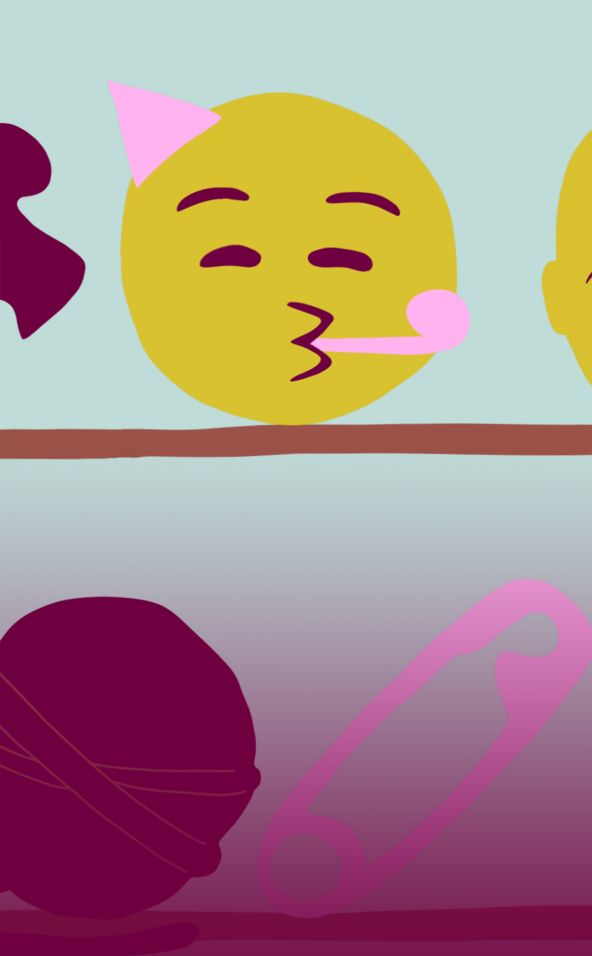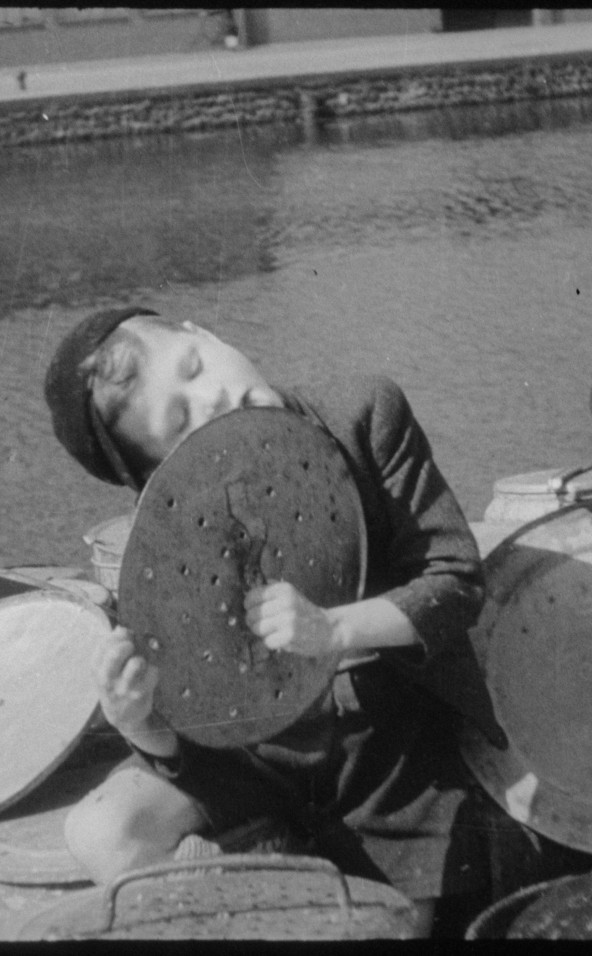

J.C. Mol: How a Dutch film master was forced to make Japanese propaganda
With effects like time lapse, slow motion and zoom on your smartphone, anyone can be a film director nowadays. But did you know there was a Dutch man in the early 20th century who already used these techniques? His unique talent in film making drove him into the hands of the occupier of the Dutch East Indies during World War 2, the Japanese.
Read later

J.C. Mol
His name was Jan Cornelis Mol. His passion for filming and capturing the moments human eyes can not see, took him all around the world.
Jan Cornelis Mol was the son of a fruit grower. He was born in 1891 in Venhuizen.
At the age of 19, he took over the family business and successfully became the director of a fruit auction.
Beside his job as a fruit grower, he had a strong passion for photography and films. Trying to capture the beautiful moments of nature and science, he skilled himself in microcinematography. His knowledge was very special. He published numerous articles about how to operate a photo and film camera.

Photographic pocket book
This 'Fotografisch zakboek' is one of his publications.
In 1927, he set up a film production company called Multifilm in Haarlem. He equipped his studio with highly advanced devices and expanded his film techniques from scientific to medical. He also started to co-operate with universities.
Not only did Mol develop new techniques, he also had a strong urge to share his knowledge with others.
In this educational film Mol explains the film process.
In this film he shows the process of crystallization.
Filming this through a microscope opens up hidden worlds.
Mol also used his skills to express his sense of humor...
... like making this boy eating a banana in reverse.
In the 1930's, Multifilm was the only production company in the Netherlands that could film in colour.
The company also gained a high reputation abroad.
Mol's films traveled from the small city of Haarlem to the metropolis of Paris and surprised many people.

New challenge, new country
In 1939 Mol got a new challenge: the Dutch shipping company Rotterdamsche Lloyd assigned him to make a colour film in the colony Dutch East Indies. He left the Netherlands and went to the new country, together with his wife.
In Batavia, the capital of the Dutch East Indies, Mol opened the production company Multifilm Batavia.
Multifilm Batavia produced the national news programs, like this report on Queen's day in 1941.
In the meantime Germany had invaded and occupied the Netherlands and Mol decided to stay in the Dutch East Indies.
Conditions got even worse. In March 1942 Japan invaded the Dutch East Indies.
Mol was imprisoned in a so called 'Jappenkamp', an internment camp in which the Japanese detained the Dutch inhabitants of the colony.

Working for the occupier
The Japanese confiscated Multifilm Batavia and changed it into the Japanese national film production company Nippon Eiga Sha.
The Japanese film crew was very impressed by Mol's techniques. Film producer Tokichi Ishimoto, head of the crew, persuaded Mol to work for Nippon Eiga Sha.

Propaganda films
Nippon Eiga Sha produced the propaganda news series for the Indonesian locals. Apart from the news from the battlefield, there were also educational films to teach people the Japanese language and to improve their standard of living.
In this film the Japanese animator Saseo Ono is drawing a mosquito with both hands.
This film was made to explain how to prevent malaria...
...which was a fatal disease at that time and in some cases it still is.
The crew combined Ono’s special technique with the microscope technique.
This is a typical Japanese propaganda movie. The voice over says:
"As a gift to the Japanese soldiers, locals are producing sake.
We can see now they know the joy of working hard.”
In August 1945 Japan was defeated and the occupation of the Dutch East Indies ended.
Mol could come back to work at Multifilm Batavia again, which from then on was called Multifilm-Batavia Government Company.
Mol became the director.
Under Mol’s supervision, the company produced 'Wordende wereld'.
This weekly newsreel was part of the Dutch propaganda strategy during the Indonesian struggle for independence.
From 1947 to the transfer of souvereignty to Indonesia in 1949 more than 130 episodes appeared.
The Japanese film makers returned back home, equipped with the skills they learned from Mol.
They started producing their own scientific films, like this one from 1948 called 'Living Bread'.
In 1949 Mol returned to the Netherlands and he gradually withdrew from his company. He died in 1954 at the age of nearly 63, but the special techniques he used are still alive today and have contributed to the development of scientific film all over the world.





